Macronutrients like protein, fat, and carbs all play a role in the body. Protein builds and maintains muscles and bones, fat provides energy, and helps absorb fat-soluble vitamins A, D, E, and K. Carbs provide energy for the body's cells, tissues, and organs.
But sometimes, balancing these needs can be a challenge, especially if you're trying to lose weight and maintain muscle mass. Following a high-protein, low-fat diet can help achieve both goals. Check out these lean, high-protein foods that are great additions to your diet:
1% fat-free or low-fat milk
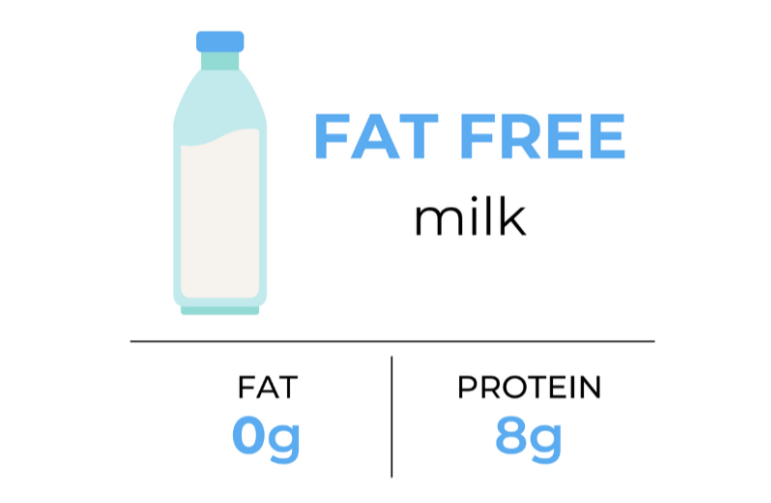
Choose fat-free or low-fat milk for added nutrition.
Protein: 8 grams (g) per cup.
Fat: 0.2-2 g.
Milk is a source of many important nutrients, including protein, calcium, vitamin D, phosphorus, magnesium, potassium, vitamin B12, and zinc. These nutrients are involved in many body functions, from muscle and bone health to energy production and immune support.
Nonfat Greek yogurt
Protein: 16g per box.
Fat: 0.6 g.
Nonfat Greek yogurt is a perfect food for people trying to lose weight and build muscle.
2% Low Fat Cottage Cheese
Protein: 24 g per cup.
Fat: 5 g.
Similar in nutritional content to Greek yogurt, cottage cheese provides plenty of protein, calcium, and other essential nutrients. Research shows that it can even help create a feeling of fullness, controlling hunger.
Plant milk
Protein: 7-8 g per cup.
Fat: 2.5-5 g.
Unflavored plant-based milks are a great alternative for people with dairy allergies or those who prefer non-dairy options.
Protein-rich plant-based milks include soy milk, which provides 7 grams of protein. Pea milk is another great option, providing 8 grams of protein.
Soybeans and soy products
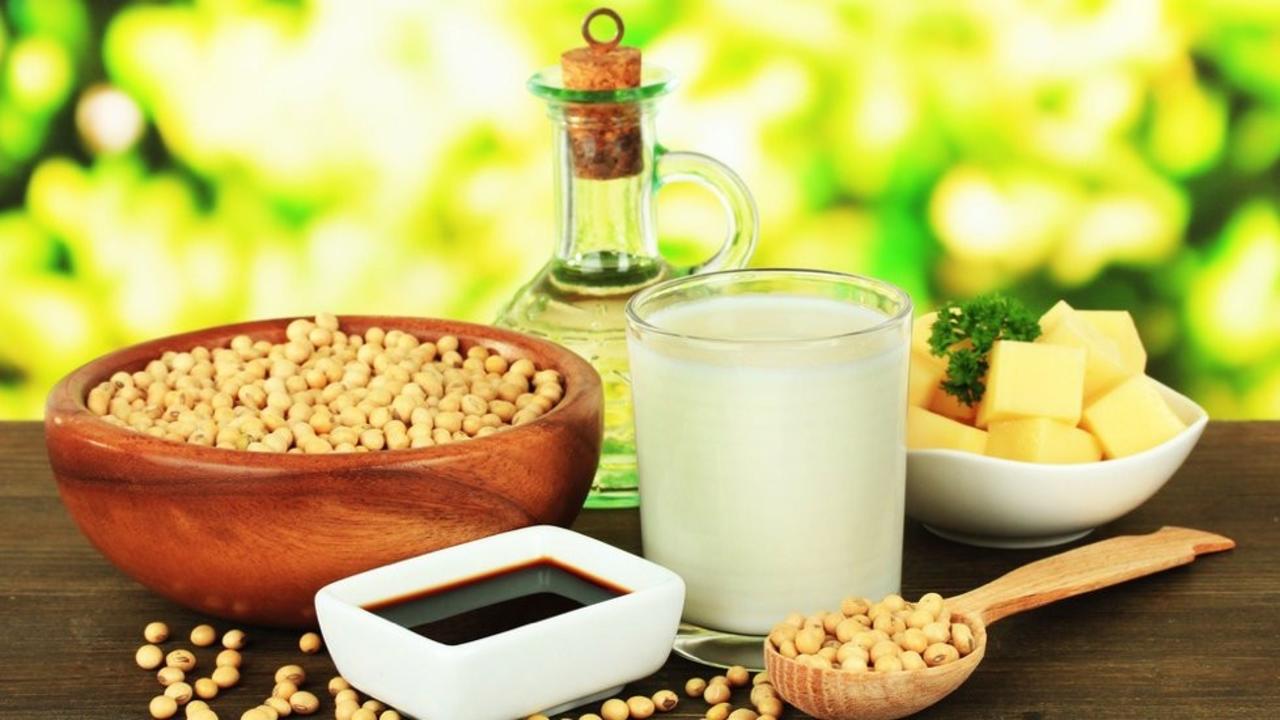
Soybeans and soy products are a source of protein.
Protein: 7 g (edamame), 10 g (tofu), 16 g (tempeh) per half cup.
Fat: 3 g (edamame), 6 g (tofu), 9 g (tempeh).
Soybeans and soy products like tofu and tempeh provide protein and other nutrients and have also been linked to health benefits such as lower cholesterol, reduced risk of heart disease and certain cancers.
Beans are rich in protein and low in fat.
Protein: 7-8 g per 100 g of canned beans.
Fat: 1-3 g
Beans are a powerhouse: plant-based protein, gut-friendly fiber, and they can help with weight control. They've also been linked to reduced cardiovascular risk factors. All beans are packed with essential vitamins and minerals and can be added to a variety of dishes.
Lentils
Protein: 9 g per serving approximately 100 g.
Fat: 0.4 g.
Lentils are a legume, which also includes peas, soybeans, and beans. High in protein, fiber, and nutrients, legumes help promote satiety, control blood sugar, and control blood pressure.
Peas
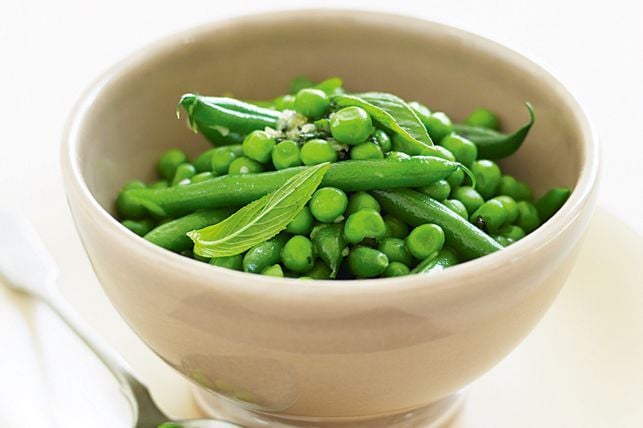
Peas are high in protein and low in fat.
Protein: 9 g per 1 cup.
Fat: 0.4 g.
Unlike beans, which are oval or kidney-shaped, and lentils, which are round and flat, peas are small, smooth spheres of uniform size. While beans and lentils come in a variety of colors, peas are green or yellow. Steam shelled peas for a quick vegetarian dish, or add frozen peas to soups, stews, or rice dishes for added protein.
Quinoa
Protein: 8 g per cup.
Fat: 4 g.
Quinoa is a plant-based protein and whole grain. It is also gluten-free and provides a variety of vitamins and minerals.
Peanut butter powder
Protein: 8g/2 tablespoons.
Fat: 2 g.
Nuts are high in heart-healthy fats, but for a lighter feel, use peanut butter powder, which is roasted peanuts made into a powder minus the oil.
Egg
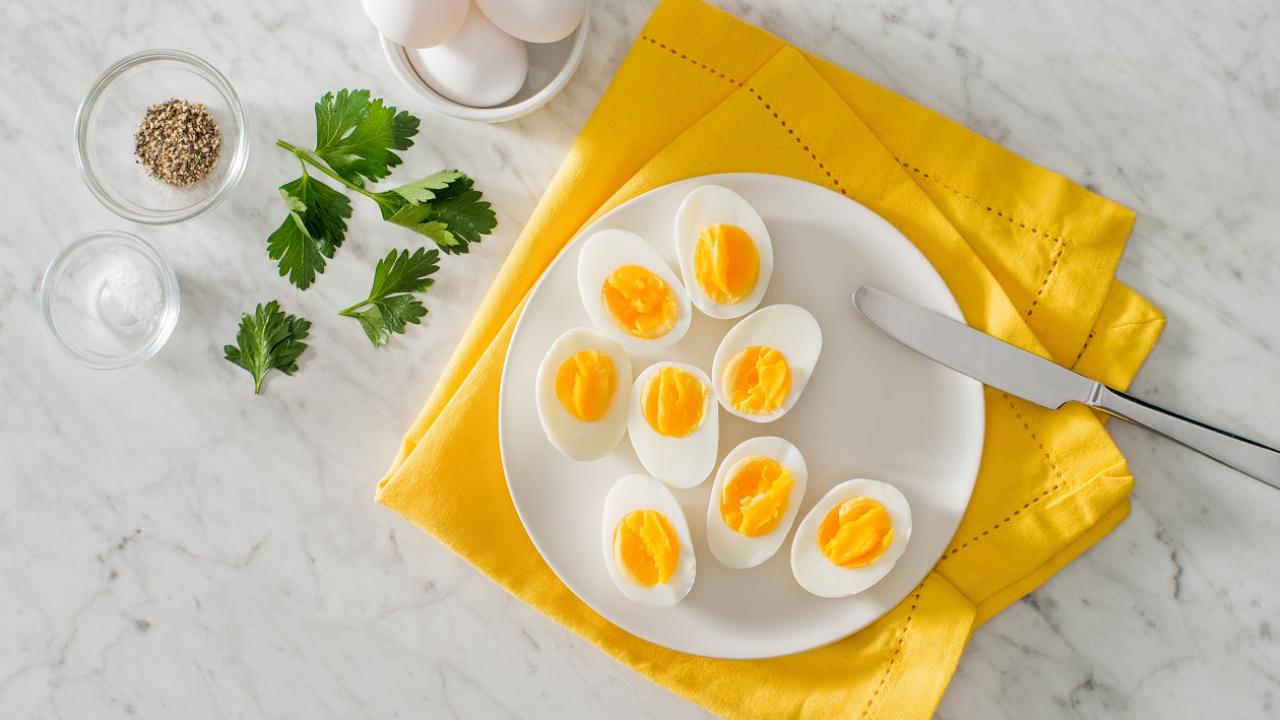
Egg protein is good for health.
Protein: 6 g per large egg.
Fat: 5 g.
Egg protein, found in egg whites and yolks, has been shown to protect musculoskeletal health and reduce calorie intake at subsequent meals. Fat, vitamins, and minerals are concentrated in the yolk. It is best to eat the whole egg to get all these essential nutrients.
Although eggs contain fat and cholesterol, eating them in moderation has not been linked to heart disease.
Lean chicken
Protein: 27g in about 100g of skinless, boneless chicken breast.
Fat: 3 g.
Chicken is a healthy source of animal protein. It also provides a good amount of B vitamins and certain minerals such as selenium and phosphorus. Choose lean cuts of chicken, such as skinless chicken breasts or tenderloins, and trim off any visible fat.
Turkey
Protein: 26 g per 100 g.
Fat: 2 g.
Turkey provides protein and nutrients and is especially high in tryptophan, an amino acid that helps your body make chemicals that tell your brain it's time to sleep.
Lean pork
Protein: 22 g per 100 g.
Fat: 4 g.
Lean pork is a good source of protein without the high fat content of pork loin. In addition to protein, pork also provides a good amount of B vitamins, selenium, and zinc.
Avoid frying pork and choose healthier cooking methods like grilling or boiling to retain the leanness.
Lean beef
Protein: 23g in 100g.
Fat: 2-6 g.
Some cuts of beef are lean sources of protein, such as round steak and top sirloin. Beef also provides valuable nutrients such as iron, zinc, and B vitamins.
Avoid deep frying beef and choose healthier cooking methods like grilling and pan-frying.
Tuna
Protein: 22-25 g.
Fat: 0.5-1 g.
Tuna provides B complex vitamins, vitamin A, vitamin D, iron, selenium, phosphorus, and essential fats. Canned tuna in water, skipjack, and yellowfin tuna are low in fat and provide over 20 grams of protein.
Salmon
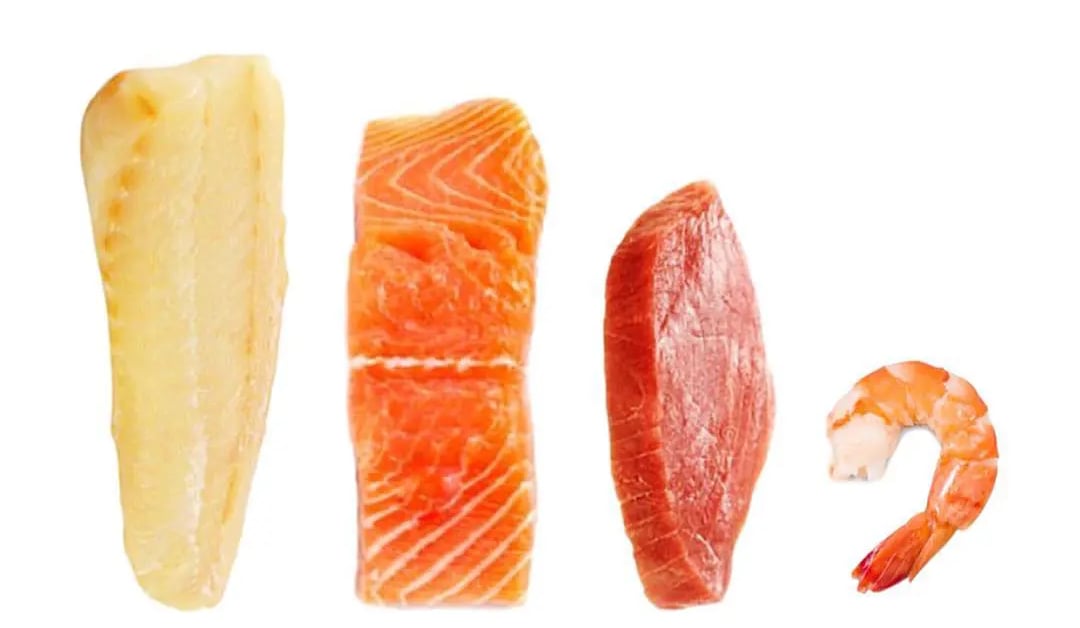
Some foods are high in protein and low in fat.
Protein: 17-19 g per 100 g.
Fat: 4-5 g.
Salmon provides protein, heart-healthy omega-3 fats, and a variety of nutrients. Salmon can be grilled or fried.
White fish
Protein: 12-20 g in a 100 g serving.
Fat: 0.4-1.7 g.
While salmon and tuna are known for their high omega-3 content, other fish also provide omega-3s, protein, and nutrients. Lean fish include white fish such as haddock, pollock, and tilapia.
Shrimp
Protein: 20g per serving approximately 100g.
Fat: 0.5 g.
Shrimp is a good source of protein and nutrients like vitamin B12, phosphorus, and choline. It is low in fat and high in healthy omega-3s.
Protein-rich pasta
Protein: 25-43 g per 100 g.
Fat: 0.9-6 g.
The world of pasta has expanded far beyond traditional wheat-based options. Today's varieties include protein-rich options made from plant proteins like soy, lentils, and chickpeas.
High protein pasta comes in many different varieties, each with its own unique flavor and texture, so experiment to find what works for you.
Protein-rich cereals
Protein: 11-15 g per serving of 1 to just over 1 cup.
Fat: 1.5-1.7 g.
Whey protein or soy protein is often added to protein-rich cereals to increase their protein content. They can vary greatly in ingredients and nutritional content, but look for ones that have protein on the label. Compare nutrition information labels and choose those that have more fiber and less added sugar.
Fortify cereal with protein-rich milk and add fruit and nuts for extra fiber and healthy fats.
Recommended macronutrient intakes
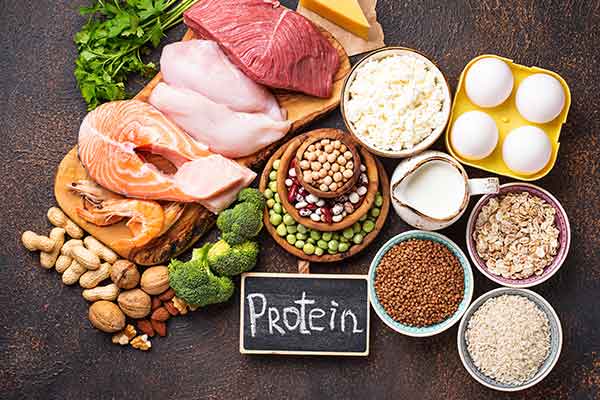
The amount of protein needed for each person is often based on age and health status.
Individual recommendations for macronutrient intake vary widely and depend on factors such as age, weight, activity level, and health status.
Protein recommendations are 10-35% of calories, and a daily intake of 0.8g per kg of body weight is the minimum required to prevent deficiency. However, research suggests that a daily intake of 1.2g/kg slows age-related muscle and bone loss. Other studies report that healthy adults can tolerate daily intakes of 2g/kg or more.
The recommended intake for fat is 20-35% of daily calories and for carbs it is 45-65% of daily calories.
Consult your doctor or nutritionist for recommendations specific to you.
Source



![[Photo] Party Committees of Central Party agencies summarize the implementation of Resolution No. 18-NQ/TW and the direction of the Party Congress](https://vphoto.vietnam.vn/thumb/1200x675/vietnam/resource/IMAGE/2025/10/27/1761545645968_ndo_br_1-jpg.webp)
![[Photo] The 5th Patriotic Emulation Congress of the Central Inspection Commission](https://vphoto.vietnam.vn/thumb/1200x675/vietnam/resource/IMAGE/2025/10/27/1761566862838_ndo_br_1-1858-jpg.webp)
![[Photo] National Assembly Chairman Tran Thanh Man receives Chairman of the House of Representatives of Uzbekistan Nuriddin Ismoilov](https://vphoto.vietnam.vn/thumb/1200x675/vietnam/resource/IMAGE/2025/10/27/1761542647910_bnd-2610-jpg.webp)




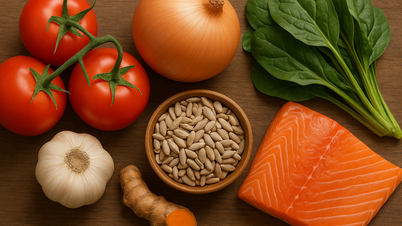




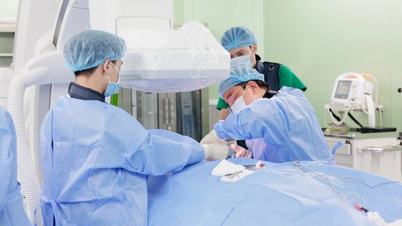










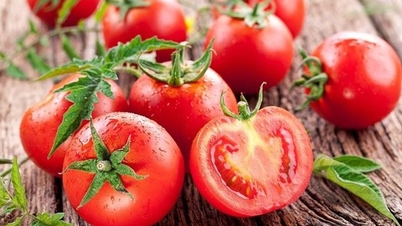











































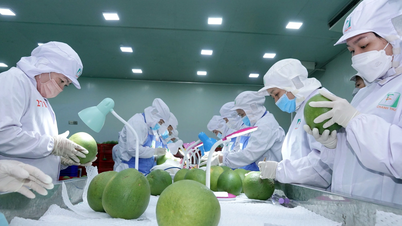


































Comment (0)